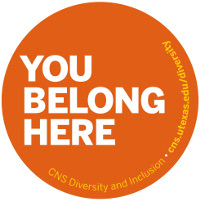 |
SMMG – February 2018Date: Saturday, Feb 10, 2018
Time: 10 AM – Noon Location: RLM 4.102 (On the UT campus) Speaker: Richard Wong Title: Surfaces, Space, and Hyperspace: An exploration of 2, 3, and higher dimensions Abstract: In the first part of the talk, we will investigate what happens when we change the game board of games like tic-tac-toe or chess. This will lead us to study mathematical objects called surfaces, which are objects that have two dimensions. In the second part of the talk, we will explore what it means to live in Flatland, a world with only two dimensions. How would a Flatland-er interact with a 3-dimensional object? What would it mean for us, living in a 3-dimensional world, to interact with a 4D or higher dimensional object? This talk does not have any mathematical prerequisites, and will be self-contained. It will be inquiry-based with an emphasis on audience participation, and there will be lots of examples, props, and pictures to help the audience understand what's going on. Richard's slides can be found on his webpage here |
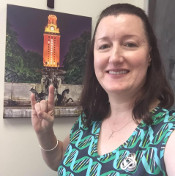 |
Date: Saturday, Feb 17, 2018
Time: 10 AM – Noon Location: RLM 4.102 (On the UT campus) Speaker: Dr. Jennifer Mann Title: Not Just a Knot "...DNA can bend, twist, and writhe, can be knotted, catenated, and supercoiled (positive and negative), can be in A, B, and Z helical forms, and can breathe." - Arthur Kornberg Abstract: DNA topology is the study of those DNA forms that remain fixed for any deformation that does not involve breakage. DNA molecules that are chemically identical (same nucleotide length and sequence) but differ in their topology are called topoisomers. There are three topological DNA forms that are the natural consequence of the structure and metabolism of either circular or constrained by being tethered at intervals to the double helix: knotted, catenated, and supercoiled DNA. Cellular DNA is organizing structures. Thus, DNA knot and catenane resolution and supercoiling maintenance must occur locally. Controlling the topology of its DNA is critical to the cell. If unresolved, DNA knots could potentially have devastating effects on cells; DNA catenanes prevent genetic and cellular segregation. DNA negative supercoiling is essential for cell viability. Topoisomerases are enzymes within cells whose function is to control DNA topology. In this session, we will see the amount of DNA in a strawberry as we appreciate the packaging challenges within cells, explore the topology of DNA, and learn how cells deal with DNA entanglements. Dr. Mann kindly provided a pdf of the slides for her talk here |
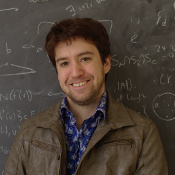 |
SMMG – March 2018Date: Sunday, March 4, 2018
Time: 12 PM – 2 PM Location: RLM 4.102 (On the UT campus) Speaker: Professor Joe Neeman Title: Randomness and Card Shuffling Abstract: You might have heard that it takes seven shuffles to make a deck random. We'll talk about what exactly that means and why it's true, along with a bunch of other things to do with randomness and card shuffling. If there's time, we'll also explore some other random processes, including the fact that a drunk bird can get lost forever. |
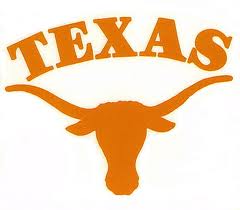 |
SMMG – March 2018Date: Saturday, March 31, 2018
Time: 12 PM – 2 PM Location: CPE 2.214 (Chemical and Petroleum Engineering Building on UT Campus, across the street from RLM) Speaker: Dr. Christine Lee Title: Network flows and applications Abstract: We will consider flow-optimization in a network which has beautiful mathematical structure and a variety of real-world applications. The basic problem is the following: given a directed graph with weights and a source and a sink, how does one maximize or minimize the flow from the source to the sink? We will talk about the max-flow, min-cut theorem, a fundamental result, and we will discuss how many graph- theoretic problems, such as bipartite matching, can be framed in terms of network flows, as well as related algorithms and applications. |
 |
SMMG – April 2018Date: Saturday, April 7, 2018
Time: 10 AM – 12 PM Location: RLM 4.102 (On the UT campus) Speaker: Amie Urban Title: Catapults, Ping-pong balls, and Parabolas! Abstract: A basketball player aims for the basket from the free throw line. He shoots. The ball sails along a rainbow or “parabolic” path and hopefully swooshes through the hoop for two points. This talk focuses on the parabolic path of a ping-pong ball hurled by a toy catapult. The ball’s trajectory path is converted into data and finally into a quadratic equation. The ultimate goal is for students to use the quadratic equation for a practical purpose – to position the catapult to hit a target. |
 |
SMMG – April 2018Date: Saturday, April 14, 2018 Professor Thomas Wiseman
Time: 10 AM – 12 PM Location: RLM 4.102 (On the UT campus) Speaker: Professor Thomas Wiseman Title: Game Theory: When is it Rational to Behave Rationally? Abstract: We'll introduce some basic concepts of game theory, the mathematical modeling of strategic interaction. My best choice may depend on your choice, but your best choice may depend on mine. We'll investigate when that kind of reasoning leads to a unique prediction of behavior and when instead it leads to an endless loop. Can we figure out how people will act in examples like the prisoners' dilemma, traffic routing, and the chain-store paradox? |
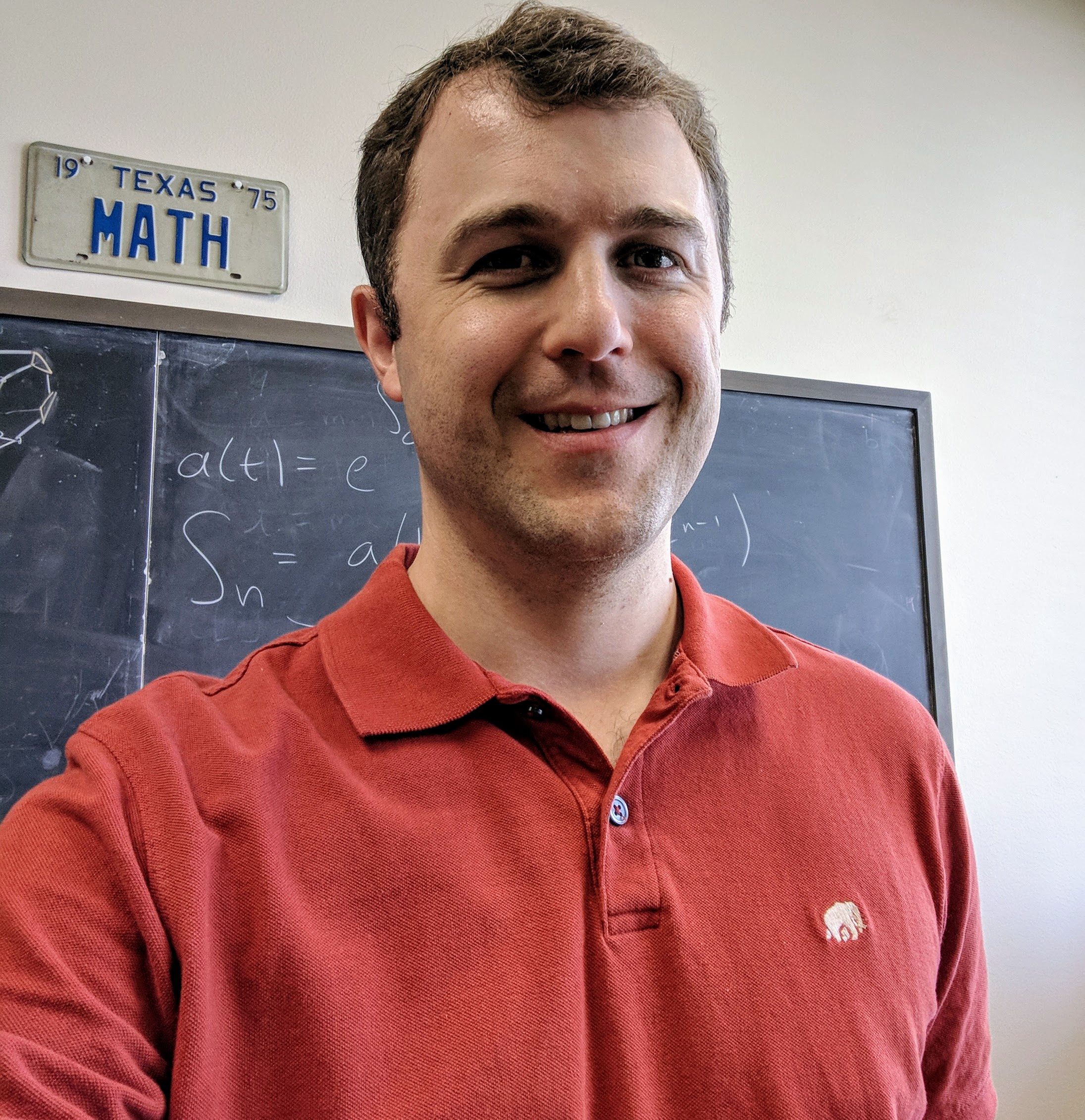 |
SMMG – April 2018Date: Saturday, April 21, 2018
Time: 10 AM – 12 PM Location: RLM 4.102 (On the UT campus) Speaker: Dr. Joel Nibert Title: Music and Math Abstract: Both music and mathematics are beautiful and fun, and their connections run much deeper than that. Numbers and fractions describe musical tempos, time signatures, and rhythms. The mathematics of waves determines how musical instruments produce sound. Symmetry and permutations are fundamental to music theory and composition. I will demonstrate these ideas with a live performance on my French horn. I hope you will join me. |
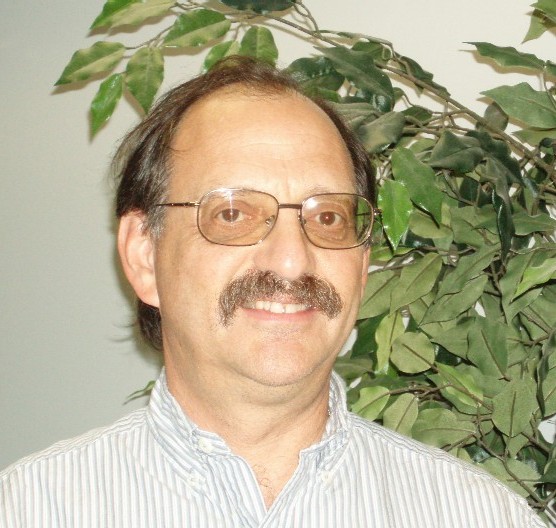 |
SMMG – April 2018Date: Saturday, April 28, 2018
Time: 10 AM – 12 PM Location: RLM 4.102 (On the UT campus) Speaker: Professor Phil Yasskin of Texas A & M Title: Double Feature Talk: "Six String Probabilities" and "Counting Diagonals" Abstract: "Six String Probabilities" Imagine holding six strings in your fist with one end of each string sticking out the top and the other end sticking out the bottom. However, you do not know which top end connects to which bottom end. You tie off two top ends, another two top ends and the last two top ends. Then you tie off two bottom ends, another two bottom ends and the last two bottom ends. When you open your fist, you will find the strings tied in one big loop, or two loops or three loops. What is the probability that the strings are in one loop? Two loops? Three loops? We will first guess and answer. Then we will do it experimentally. Finally, we will compute the probability. "Counting Diagonals" Draw a 4x4 grid of squares. In each of the 16 squares, you can draw 2 possible diagonals. What is the largest number of diagonals you can draw so that no 2 diagonals touch, either in the same small square or in adjoining squares? What if the grid is 3x3 or 5x5 or 6x6 or NxN? |
SMMG

